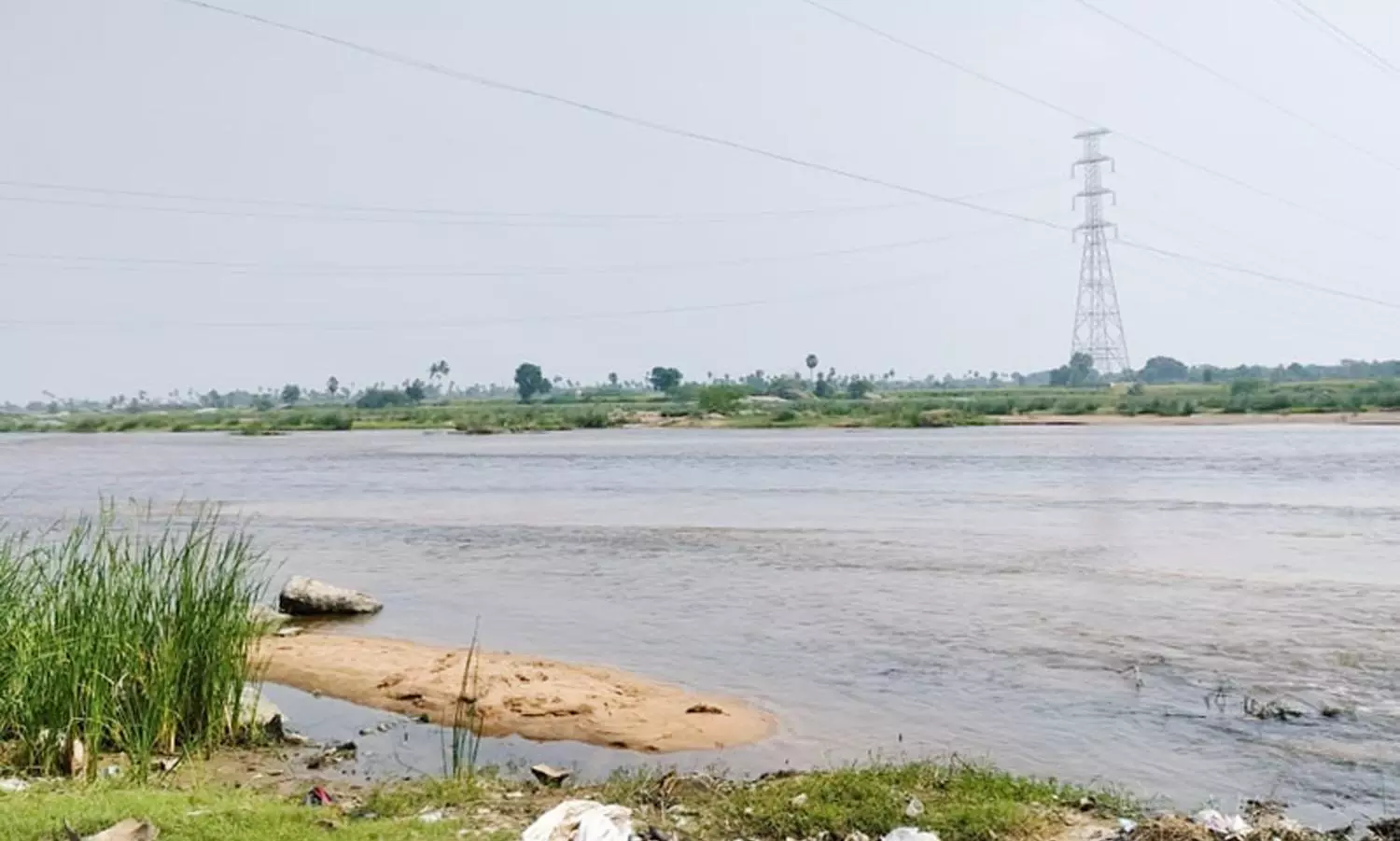
Nalgonda: Political parties are embroiled in a heated dispute over the cleanup of the polluted Musi River, impacting villages along its banks. The conflict arose after the state government authorised the demolition of encroachments near the river putting a spotlight on pollution from approximately 70 industries over the past two decades.
Focus has since shifted to Nalgonda, where local Congress and BRS leaders are trading accusations. Bhongir MP Chamala Kiran Kumar Reddy held a meeting in Hyderabad with villagers who protested against the objections raised by opposition parties.
Pollution levels are particularly high near Mothkur, though they somewhat diminish downstream, especially where the Bikkeru stream merges with the river at Vardhamankota village in Suryapet district.
Farmers in these areas rely on bore wells drilled into the Musi River for irrigation, ensuring their crops survive even during droughts.
Minister for roads and buildings Komatireddy Venkat Reddy said that Musi River water is contaminated not only with Hyderabad’s drainage water but also with chemical waste from around 70 industries. He noted that filtering out these chemical wastes through sewage treatment plants is unfeasible.
Nallabelli Yadagiri, a farmer from Gattusingaram, a village near the river, expressed concern about the declining water quality, which has darkened to a light black hue over the last decade. Despite this, the water is still used for irrigation. “We also consume the rice we mill from our own paddy, but the Musi water has changed to light black due to pollution over the past 10 years,” he explained.
Siga Ramachandru, a resident of Jajireddygudem, another village near the Musi, mentioned that a decade ago, villagers drank water from an open well in the Musi River. Now, thanks to Mission Bhagiratha, they receive treated drinking water. He stressed that the government should prioritise stopping industrial chemical waste discharge.
Additionally, during low water levels, the river emits foul odours, and a suspicious white layer from chemical residues appears on the riverbed.







